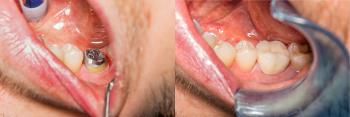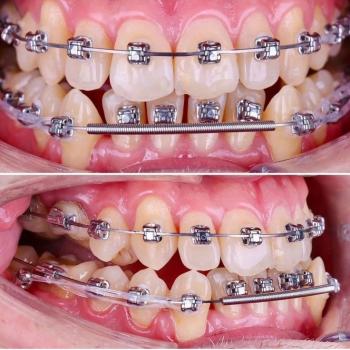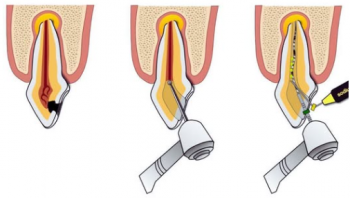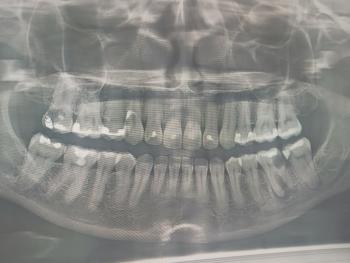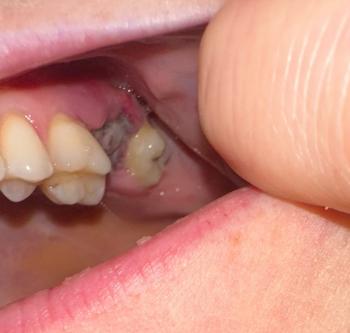Healthy Teeth, Happy Life.
What Happens to Your Body After 1 Year of Drinking Coke Daily
Language :
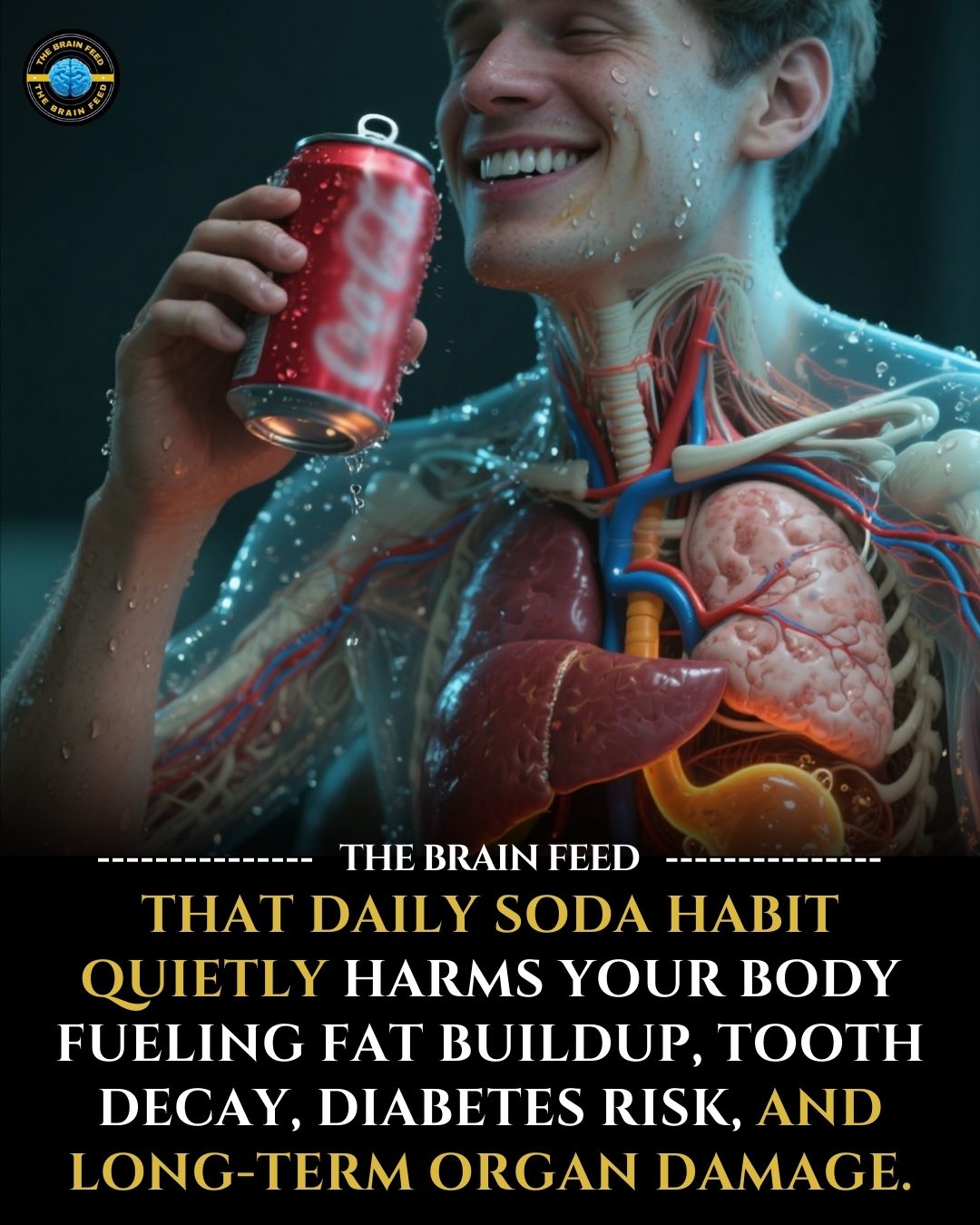
The Fizz That Fails You: Why a Daily Coke Habit Wreaks Havoc on Your Body. You know the feeling. The crack of the can, the hiss of carbonation, that first cold, sweet sip. A Coke can feel like a jolt of energy, a moment of refreshment in a hectic day. But as a dental professional who has looked into thousands of mouths and reviewed decades of research, I’m here to tell you the unvarnished truth: that daily ritual is a Trojan horse, delivering a silent assault on your health from your teeth to your toes.
This isn’t about fearmongering; it’s about connecting the dots between a simple habit and its complex, systemic consequences.
The Oral Onslaught: A Dental Disaster
Let’s start with what I see every day: the dental damage. Your mouth is the first point of contact, and it takes the full force of the attack.
-
Acidic Erosion: Coke is highly acidic, with a pH around 2.5—not far from battery acid. This acidity directly dissolves your tooth enamel, the hardest substance in your body and your teeth’s primary defense. Once enamel is gone, it’s gone for good. This leads to:
-
Yellowing: As enamel thins, the darker dentin layer underneath shows through.
-
Transparency: The edges of your front teeth may start to look see-through.
-
Extreme Sensitivity: Hot, cold, and sweet stimuli cause sharp pain as they reach the unprotected nerves.
-
Cupping: Small dents can appear on the chewing surfaces of teeth where enamel has eroded away.
-
-
The Sugar Avalanche: A single 12-oz can of Coke contains about 39 grams of sugar—nearly 10 teaspoons. This sugar feeds the harmful bacteria in your plaque. They throw a party, and the waste products they release are acids. So, even beyond the drink's own acid, you’re getting a second, potent acid attack that lasts for 20-30 minutes after each sip. This leads to rampant cavities, particularly around the gum line and between teeth.
The Systemic Breakdown: Beyond the Smile
The damage doesn’t stop at your mouth. The ingredients—primarily sugar and phosphoric acid—travel through your entire system, straining your vital organs.
-
The Pancreas & Blood Sugar Rollercoaster: That hit of liquid sugar causes a rapid spike in blood glucose. Your pancreas panics, releasing a surge of insulin to manage it. This cycle, repeated daily, leads to insulin resistance, a primary driver of Type 2 Diabetes.
-
The Liver Overload: Your liver’s job is to process fructose (a main sugar in soda). When overwhelmed, it converts the excess into fat, which is stored in and around the liver itself. This is a key step in developing Non-Alcoholic Fatty Liver Disease (NAFLD).
-
The Skeletal System: The phosphoric acid in colas doesn't just etch teeth; it can alter the calcium-phosphate balance in your blood. To correct this, your body may leach calcium from your bones, weakening them over time and increasing the risk of osteoporosis and fractures.
-
The Kidneys: Processing this high load of sugar, acid, and additives places constant strain on your kidneys, potentially increasing the risk of kidney stones and declining function over time.
-
The Heart: The trifecta of sugar-driven weight gain, inflammation, and blood pressure spikes contributes significantly to an increased risk of heart disease.
The "Diet" Trap: A Wolf in Sheep’s Clothing
Switching to Diet Coke seems logical, but it’s a flawed strategy. While it saves your teeth from sugar-driven decay, the acid is still there, eroding enamel. Furthermore, studies suggest that artificial sweeteners can:
-
Disrupt your gut microbiome, harming the good bacteria crucial for digestion and immunity.
-
Trick your brain’s reward pathways, potentially increasing cravings for other sweet, high-calorie foods.
-
Confuse your metabolism, still prompting an insulin response that can promote fat storage.
A Global Habit: By the Numbers
The scale of consumption is staggering. Analysts at Beverage Digest and Statista track global soft drink consumption. While exact "daily drinker" figures fluctuate, the data shows:
-
The United States and Mexico consistently rank among the top consumers of soft drinks per capita globally.
-
Countries in South America (like Argentina and Chile) and Western Europe also show high consumption rates.
-
The market is growing rapidly in Middle Eastern and Asian-Pacific nations.
This isn't a niche problem; it's a global health challenge driven by intense marketing and availability.
Expert Advice: Breaking the Cycle
As a dental health expert, my advice is simple but non-negotiable:
-
Eliminate the Daily Habit. This is the single most important step. Make soda an occasional treat, not a staple of your hydration. Your goal should be "never," but start with "not today."
-
Hydrate Smartly. Your body needs water. Infuse it with lemon, cucumber, or mint if you crave flavor. Unsweetened tea is another excellent choice.
-
If You Do Drink It, Do It Right: Never sip slowly over an hour—this bathes your teeth in acid continuously. Drink it quickly with a meal (food helps neutralize acid). Then, rinse your mouth with water immediately after.
-
Wait Before Brushing: DO NOT brush your teeth for at least 30-60 minutes after drinking. The enamel is softened by the acid and brushing then will actually wear it away faster. Rinsing with water is your immediate best move.
The "refreshing" fizz of a daily Coke is a slow-acting compromise of your health. The path to lasting energy, stronger bones, a healthier smile, and a reduced risk of chronic disease isn’t found in a can. It’s found in breaking the cycle, one glass of water at a time. Your future self—and your dentist—will thank you.

